
Glove leather refers to a special type of leather designed for making gloves and accessories. This material stands out because it offers softness, flexibility, and strength that other leathers cannot match. People rely on glove leather every day for comfort and protection. Its versatility allows it to suit many styles and uses.
Many find glove leather in work gloves, fashion items, and sports gear. The unique feel and fit spark curiosity about its role in different products.
Glove leather is a special type of leather known for its softness, flexibility, and strength, making it ideal for gloves and accessories.
Different animal hides, such as cow, goat, pig, and deer, are used to make glove leather, each offering unique qualities.
The production of glove leather involves careful steps, including material selection, cutting, sewing, and finishing to ensure comfort and durability.
Key qualities of glove leather include softness for comfort, flexibility for movement, durability for long-lasting use, and breathability to keep hands cool.
Choosing the right type of glove leather depends on the intended use, fit, climate, and maintenance needs.
Proper care, such as regular cleaning and conditioning, can extend the life of glove leather gloves significantly.
Glove leather is preferred in various applications, including work gloves, fashion items, and sports gear, due to its protective and sensitive touch.
Sustainable practices and new technologies are shaping the future of glove leather, making it more eco-friendly and innovative.
Glove leather refers to a special category within the many types of leather. Manufacturers select it for its unique combination of softness, flexibility, and strength. Unlike other types of leather used in jackets or shoes, glove leather must provide a close fit and allow for precise hand movements. This material often comes from animal hides such as cow, goat, pig, or deer. Each source offers different qualities, but all must meet strict standards for comfort and durability. People encounter glove leather in products that require both protection and sensitivity, such as work gloves, sports gloves, and fashion accessories.
The process of making glove leather involves several careful steps. Each stage ensures the final product meets the demands of daily use. The following ordered list outlines the main steps:
Size: Designers create gloves in various sizes to fit different hand shapes.
Choosing the Material: Experts select the right types of leather, balancing softness and firmness.
Manual Glove Cutting: Skilled cutters shape the leather to match glove patterns with precision.
Sewing: Craftsmen sew the pieces together, either by machine or by hand, focusing on detail and quality.
Finishing: Workers test seams, shape the gloves, and iron them to ensure comfort and a perfect fit.
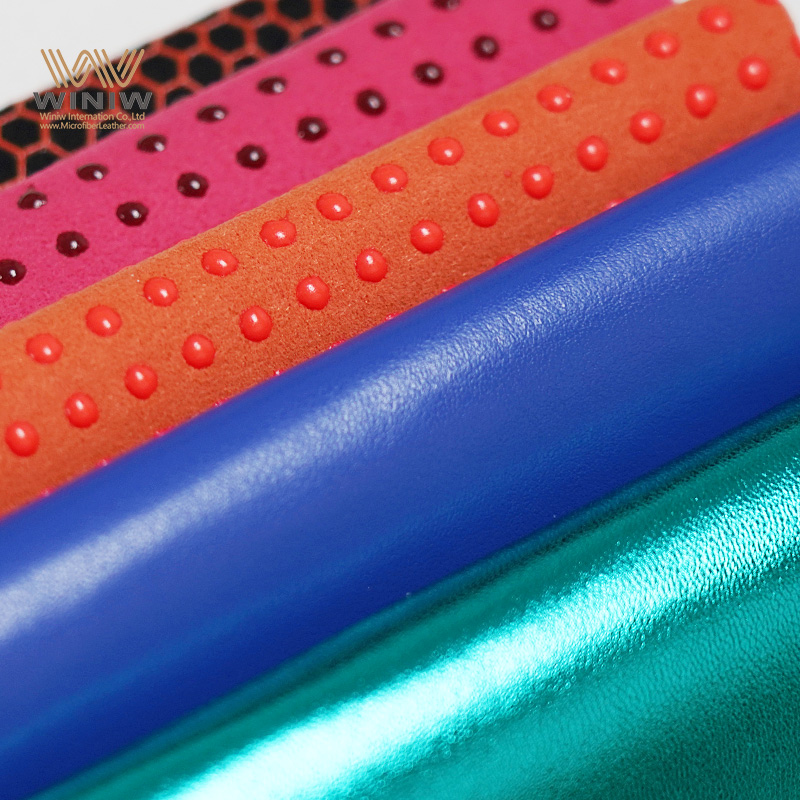
During production, manufacturers treat glove leather with special substances to enhance its properties. Common treatments include:
Beeswax, which softens the leather and helps retain moisture.
Pure anhydrous lanolin, a moisturizer that mimics natural oils and offers antibacterial benefits.
Avocado oil, which protects the leather from UV damage and adds antioxidants.
PFAS, a chemical that repels water, oil, and stains, increasing the glove’s durability and resistance to harsh conditions.
Note: The choice of treatment depends on the intended use of the glove and the specific types of leather involved.
Glove leather stands out from other types of leather due to its physical and tactile qualities. The following list highlights what makes it special:
Softness: The material feels gentle against the skin, making it comfortable for long periods.
Flexibility: It allows the hand to move freely, supporting tasks that require dexterity.
Durability: Glove leather resists wear and tear, even during tough jobs.
Breathability: The leather lets air circulate, reducing sweat and improving comfort.
These qualities make glove leather the preferred choice for products that demand both protection and a sensitive touch. Different types of leather contribute to these features, but only glove leather achieves the right balance for everyday applications.
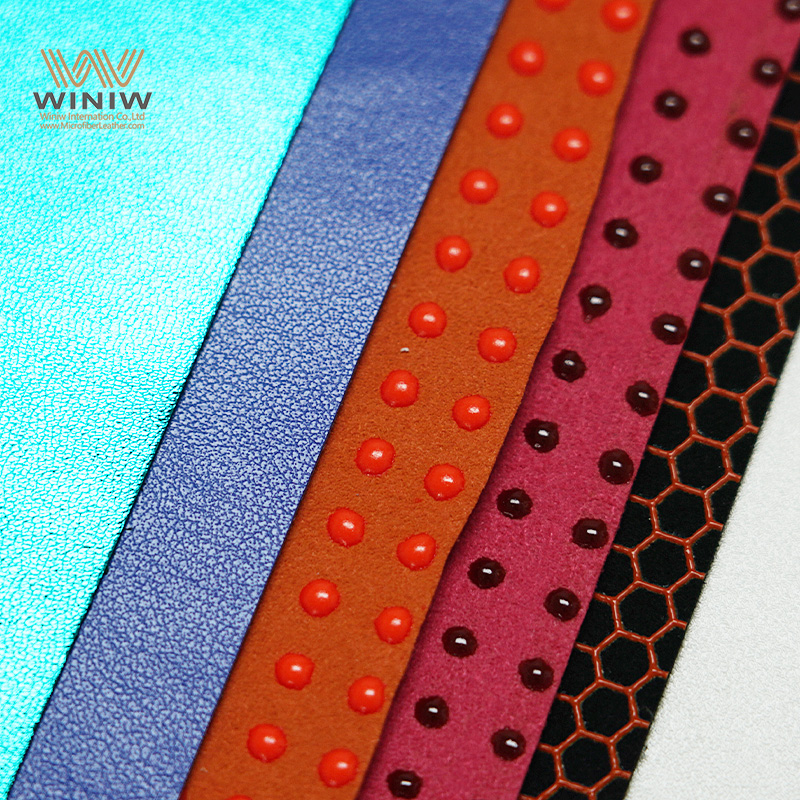
Cowhide stands as the most widely used animal source for glove leather. Manufacturers favor cowhide for its durability and strength. The dense fibers in cowhide create a tough material that resists wear and tear. Workers often choose cowhide gloves for heavy-duty tasks because these gloves last for years and develop a rich patina with age. The texture feels firm yet comfortable, making cowhide suitable for both industrial and casual use.
The following table shows the market share of different animal sources for glove leather:
|
Animal Source |
Market Share |
|---|---|
|
Cowhide |
65% |
|
Sheep |
15% |
|
Pigs |
11% |
|
Goats |
9% |

Cowhide’s superior fiber density gives it high tensile strength. This feature allows gloves to withstand regular use and maintain their shape. Many users appreciate the balance between toughness and comfort. Cowhide remains a top choice for work gloves, ranch gloves, and outdoor gear.
Goatskin glove leather offers a unique combination of flexibility and lightweight comfort. The natural oils present in goatskin make it soft and pliable. Workers and athletes often select goatskin gloves when they need excellent dexterity and a snug fit. Goatskin resists water and tears, even when the leather is thin.
The table below compares goatskin and cowhide glove leather:
|
Feature |
Goatskin Leather |
Cowhide Leather |
|---|---|---|
|
Flexibility |
High |
Moderate |
|
Weight |
Light |
Heavy |
|
Dexterity |
Excellent |
Good |
|
Water Resistance |
High |
Moderate |
|
Tear Resistance |
Excellent |
Good |
Goatskin stands out for its toughness and abrasion resistance. The thin profile allows for precise hand movements, which is important in tasks that require control. Many users find goatskin gloves more comfortable for long periods. The lightweight nature reduces fatigue, especially in jobs that demand constant hand motion. Goatskin also provides better water resistance than cowhide, making it suitable for wet environments.
Pigskin glove leather brings several advantages to work and industrial applications. The material allows air to circulate, keeping hands cool and comfortable. Pigskin resists moisture, so gloves do not stiffen in humid conditions. Workers appreciate the balance of toughness and suppleness, which lets fingers move easily while staying protected.
Key benefits of pigskin glove leather include:
Excellent breathability for comfort during extended use.
Moisture resistance that keeps gloves flexible in damp environments.
Flexible material that supports easy movement and protection.
Easier cleaning, as pigskin gloves are machine-washable and retain their shape after washing.

Pigskin gloves suit jobs that require frequent cleaning or exposure to moisture. The unique structure of pigskin makes it a practical choice for many industries. Some manufacturers also blend pigskin with other leathers, such as elkskin leather, to enhance durability and comfort.
Deerskin stands out as a premium choice for glove leather. Many users value its natural softness and flexibility. This leather feels buttery smooth and molds to the hand, creating a custom fit that improves with time. Deerskin gloves offer a unique combination of comfort and performance, making them popular for both work and casual wear.
Key features of deerskin glove leather include:
Ultimate Comfort: The material remains soft and pliable, even after extended use. Many people wear deerskin gloves all day without discomfort.
Unparalleled Softness: Deerskin feels gentle against the skin and adapts to the shape of the hand. Over time, the fit becomes even more personalized.
Natural Elasticity: The leather stretches with hand movements, supporting tasks that require flexibility and precision.
Deerskin adapts well to changing weather. Glove makers offer both insulated and ventilated options, allowing users to choose the best style for their climate. Some deerskin gloves feature 3M Thinsulate™ lining, which provides warmth without adding bulk. This technology keeps hands cozy in cold weather, making deerskin gloves a favorite for winter ranch work and outdoor activities.
All-Weather Ready: Deerskin gloves keep hands warm in cool conditions and allow breathability in the heat.
Lined for Cold Weather: Insulated varieties deliver exceptional warmth, perfect for harsh winters.
Stay Warm Without the Bulk: Thinsulate™ lining offers superior insulation while keeping gloves lightweight.
Deerskin’s rarity and high quality contribute to its higher price. Many people consider the investment worthwhile for the comfort and durability these gloves provide.
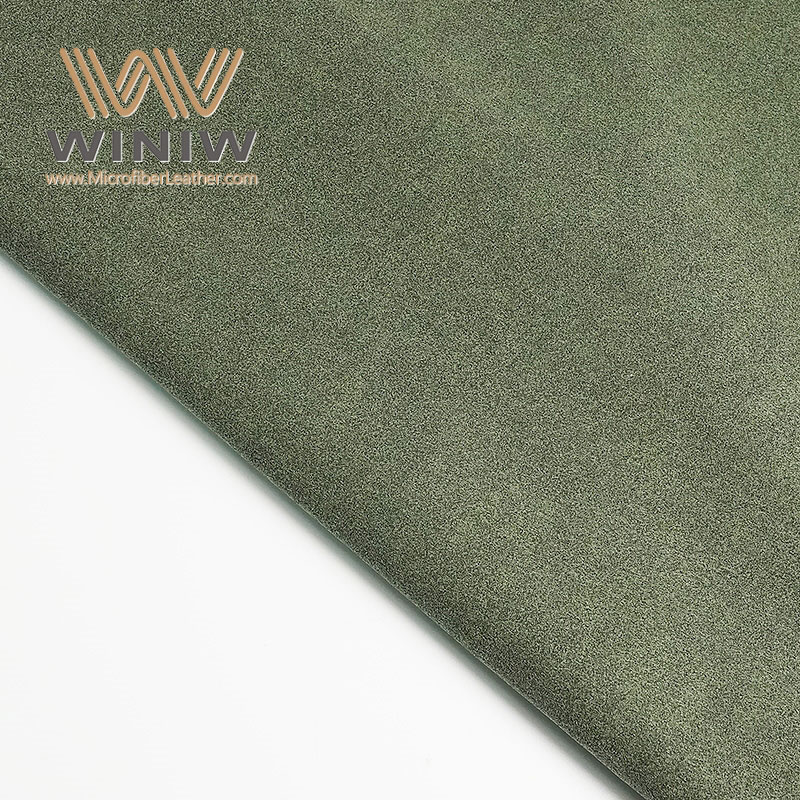
Several less common animal leathers also serve niche glove markets. Each type brings unique benefits for specialized applications.
Buffalo Leather: This material offers outstanding durability and flexibility. Buffalo leather gloves resist abrasion and allow air to circulate, making them suitable for tough jobs and hot climates. Many consider buffalo leather a sustainable choice because bison are not killed solely for their hides.
Sheepskin: Known for its softness and insulating properties, sheepskin works well for gloves designed for warmth and comfort.
Horsehide: This leather provides excellent abrasion resistance and strength. Horsehide gloves often serve in rugged environments where durability is essential.
Exotic Leathers: Some gloves use materials like kangaroo or peccary leather. These options deliver unique textures and high performance but remain rare and expensive.
Deerskin also appears in this category due to its natural elasticity and comfort. Its scarcity and the challenge of sourcing high-quality hides make deerskin gloves more costly than other types. Specialty leathers like buffalo and horsehide fill important roles in industries that demand specific glove properties.
Tip: When choosing glove leather, consider the unique qualities of each type. Specialized leathers may offer the best solution for demanding tasks or extreme environments.
Flexibility stands as one of the most important qualities in glove leather. Flexible leather allows the hand to move freely and perform tasks that require precision. Workers, athletes, and hobbyists all benefit from gloves that bend and stretch with each movement. Manufacturers often choose materials like goatskin and deerskin for their natural pliability. These types of leather adapt quickly to the shape of the hand, making them ideal for jobs that demand dexterity. Flexible gloves reduce hand fatigue and help users maintain control during detailed work.
Flexible glove leather supports a wide range of motion, making it suitable for both delicate and heavy-duty tasks.
Durability ensures that gloves last through repeated use and exposure to different conditions. High-quality glove leather resists tearing, stretching, and abrasion. Cowhide and goatskin provide excellent strength, making them popular choices for work and industrial gloves. The dense fibers in these leathers help the gloves maintain their shape and protect the hands from rough surfaces.
Leather gloves can last between 3 to 5 years under normal usage conditions if well cared for.
More intensive use may reduce their lifespan to 1 to 2 years.
Proper care, such as regular cleaning and conditioning, extends the life of leather gloves. Durable gloves offer long-term value and reliable protection, even in demanding environments.
Comfort plays a key role in the appeal of glove leather. Several factors contribute to how comfortable a glove feels during prolonged use:
Ergonomic features such as flexibility and breathability enhance comfort and reduce hand fatigue.
Leather's natural breathability helps maintain a comfortable temperature inside the gloves.
Leather adapts to the shape of the wearer's hand, providing a personalized fit that enhances comfort.
Different types of leather offer unique comfort benefits:
Sheepskin: Soft and flexible, ideal for comfort.
Deerskin: Soft, durable, and remains supple when wet.
Cowhide: Durable and versatile, balancing comfort and value.
Goatskin: Strong and affordable, providing good durability.
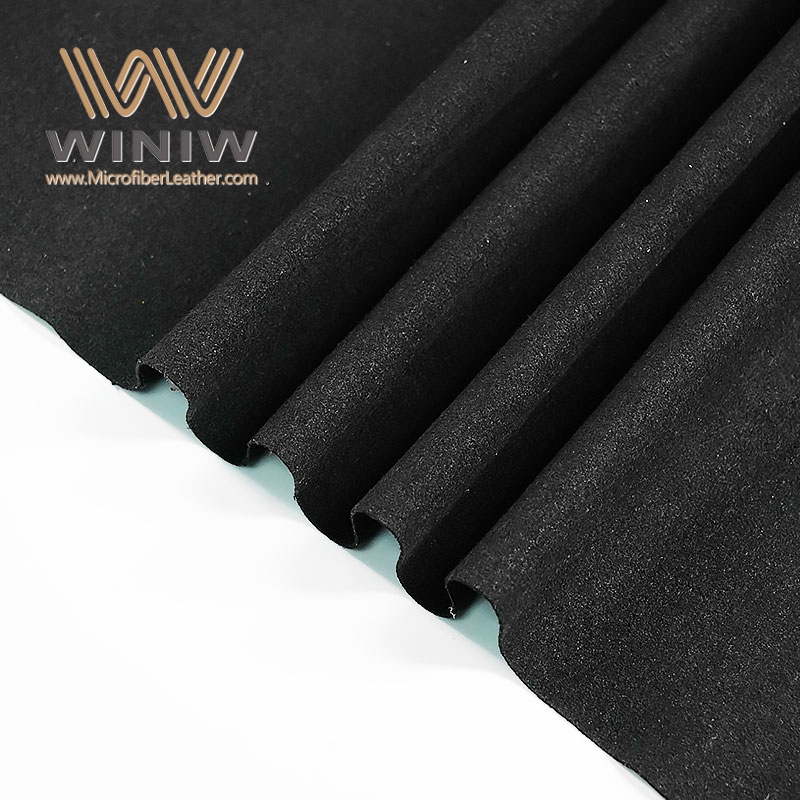
A comfortable glove reduces strain and allows users to focus on their tasks. Breathable materials prevent overheating, while a snug fit supports natural hand movements. Over time, leather gloves mold to the user's hands, creating a custom fit that improves with each wear.
Abrasion resistance measures how well glove leather stands up to rough surfaces and repeated friction. Workers in construction, agriculture, and manufacturing rely on gloves that protect their hands from scrapes and cuts. Glove leather, especially cowhide and goatskin, offers a tough outer layer that resists damage. This property helps gloves last longer and maintain their protective qualities.
Manufacturers test abrasion resistance using standards such as ANSI/ISEA 105:2016 and EN 388:2016. These tests measure how many cycles a glove can withstand before showing wear. The following table compares leather gloves and synthetic gloves under these standards:
|
Glove Type |
Abrasion Resistance Level |
Testing Standard |
|---|---|---|
|
Leather Gloves |
High |
ANSI/ISEA 105:2016 |
|
Synthetic Gloves |
Engineered to compete |
ANSI/ISEA 105:2016 |
|
|
|
EN 388:2016 |
Leather gloves consistently score high for abrasion resistance. Synthetic gloves use advanced materials to compete, but natural leather fibers provide a unique balance of toughness and flexibility. Workers choose leather gloves for tasks that involve handling rough tools, bricks, or machinery. The dense structure of cowhide and the natural oils in goatskin help prevent cracking and tearing.
Tip: Regular cleaning and conditioning help maintain abrasion resistance. Dirt and grime can weaken leather over time, so users should care for their gloves to extend their lifespan.
Dexterity describes how easily a person can move their fingers and perform precise tasks while wearing gloves. Glove leather supports dexterity by combining softness and flexibility with a snug fit. Workers, athletes, and hobbyists need gloves that allow them to grip, twist, and manipulate objects without restriction.
Several features of glove leather enhance dexterity:
Deerskin leather is soft and flexible, providing a great tactile feel and sensitivity, which is essential for precision tasks.
The Gunn Cut design features a seamless back and strategically placed finger seams, enhancing dexterity and allowing for precise movements.
Deerskin stands out for its ability to mold to the hand, creating a custom fit that improves control. The Gunn Cut design reduces bulk and places seams away from pressure points, making it easier to handle small objects. Many glove makers use these features in gloves for mechanics, electricians, and artists.
Leather gloves offer a natural grip and respond well to temperature changes. Users find that leather adapts to their hands, improving dexterity over time. The combination of material and design allows for both protection and fine motor skills, making glove leather a top choice for tasks that require accuracy.
Note: Choosing the right glove leather and design can make a significant difference in performance. Users should look for gloves that match their specific needs for dexterity and comfort.

Leather work gloves play a vital role in many industries. Workers rely on these gloves for tasks that demand both protection and dexterity. Construction crews, farmers, and mechanics choose leather work gloves because they offer a strong barrier against cuts, scrapes, and punctures. The dense fibers in leather help shield hands from rough surfaces and sharp objects.
Manufacturers design leather work gloves for durability and comfort. Cowhide and goatskin are popular choices because they resist wear and allow hands to move freely. Workers often select welding gloves made from thick leather for jobs involving heat and sparks. These gloves protect hands from burns and abrasions during welding tasks.
A table below highlights common uses for leather work gloves:
|
Type of Work |
Glove Features |
Leather Type |
|---|---|---|
|
Construction |
Abrasion resistance |
Cowhide |
|
Farming |
Flexibility, breathability |
Goatskin |
|
Welding |
Heat protection |
Cowhide |
|
Mechanical repair |
Dexterity, grip |
Goatskin |
|
Landscaping |
Moisture resistance |
Pigskin |
Leather work gloves also support tasks that require precision. Workers handling small tools or machinery benefit from gloves that fit snugly and allow for fine movements. The natural grip of leather helps prevent slips and accidents. Many companies offer performance gloves with reinforced palms and fingers for added safety.
Tip: Workers should choose leather work gloves that match the demands of their job. Proper fit and material selection improve safety and comfort.
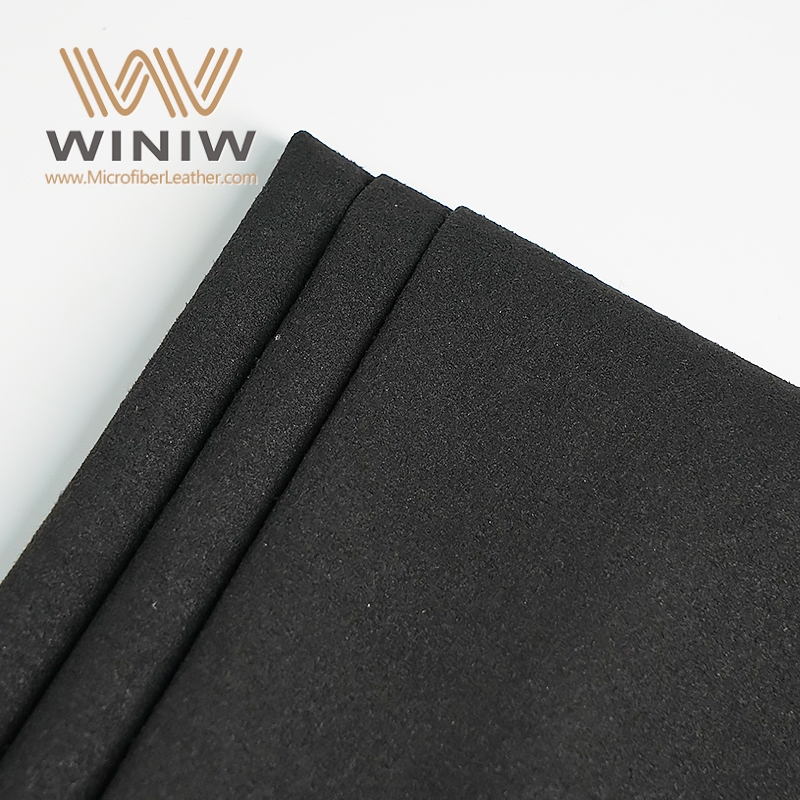
Industrial gloves made from glove leather must meet strict safety standards. These gloves protect workers in manufacturing, food service, and electrical industries. Companies use welding gloves for tasks involving high temperatures and sparks. The thick leather shields hands from burns and molten metal.
Safety standards in the United States and European Union require industrial gloves to pass specific tests. The following list shows important regulations:
ASTM F696: Standard Specification for Leather Protectors for Rubber Insulating Gloves and Mittens
ASTM D7329: Standard Specification for Food Preparation and Food Handling (Food Service) Gloves
ASTM D4679: Standard Specification for Rubber General Purpose, Household or Beautician Gloves
FTC’s 16 CFR Part 24: Labeling requirements for leather products in the US, including accurate representation of leather composition.
Industrial gloves must provide both protection and dexterity. Workers in electrical fields use leather hand protection over rubber gloves to guard against cuts and punctures. Welding gloves offer heat resistance and flexibility, allowing welders to handle tools safely. Food service workers use leather gloves that meet hygiene standards and resist moisture.
Manufacturers design industrial gloves with reinforced seams and extra padding. These features extend the life of the gloves and improve safety. Workers benefit from gloves that fit well and allow for precise movements. Companies often choose performance gloves for tasks that require both strength and sensitivity.

Fashion gloves made from glove leather combine style with function. People wear these gloves for warmth, elegance, and comfort. Designers use soft leather to create gloves that fit snugly and feel luxurious. Driving gloves and dress gloves remain popular choices for formal and casual occasions.
Current trends in urban and luxury markets focus on exclusivity and sustainability. Consumers seek leather gloves that offer a premium look and ethical sourcing. The rise of social media and celebrity endorsements has increased demand for high-end gloves. Many buyers consider leather gloves essential accessories for winter and special events.
A list below summarizes key fashion trends for glove leather:
Luxury and exclusivity drive demand for premium gloves.
Sustainability and ethical sourcing influence purchasing decisions.
Leather gloves provide timeless appeal and versatility.
Innovations in tanning and finishing create softer, more comfortable gloves.
Technology integration and customization options attract luxury buyers.
Social media and celebrity endorsements boost interest in high-end gloves.
Leather gloves offer warmth and protection in colder months.
Designers experiment with colors, textures, and finishes to create unique styles. Many fashion gloves feature touchscreen compatibility and custom embroidery. Leather gloves dominate the market because they combine durability, elegance, and comfort. People choose these gloves for both practical use and personal expression.
Note: Fashion gloves made from glove leather offer a blend of tradition and innovation. Buyers should look for gloves that match their style and values.
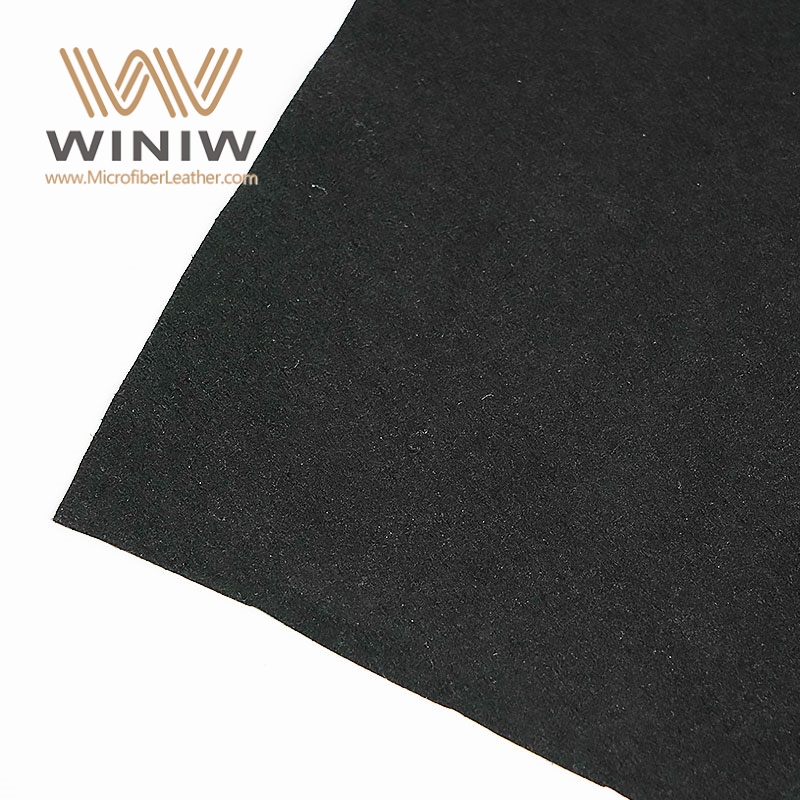
Athletes depend on glove leather for performance and protection in many sports. The right pair of gloves can improve grip, comfort, and control. Manufacturers select specific types of leather to match the needs of each sport. The table below shows how different sports use glove leather and the benefits it provides.
|
Sport |
Type of Leather Used |
Benefits |
|---|---|---|
|
Baseball |
Goat or Cabretta leather |
Best grip and comfort |
|
Cricket |
Leather palms with padding |
Protection and comfort |
|
Softball |
Synthetic blends with leather |
Flexibility and breathability |
Baseball players often choose gloves made from goat or cabretta leather. These materials offer a secure grip and a soft feel, which help players catch and throw with confidence. Cricket gloves use leather palms with extra padding. This design protects the hands from fast-moving balls while keeping them comfortable during long matches. Softball gloves sometimes combine synthetic materials with leather. This blend creates a flexible and breathable glove that adapts to quick movements.
Glove leather stands out in sports because it balances protection and dexterity. Athletes need gloves that shield their hands but do not limit motion. The natural flexibility of leather allows for precise control, whether catching a ball or swinging a bat. Many sports gloves also feature reinforced stitching and ergonomic designs to support high performance.
Coaches recommend that players select gloves based on fit, leather type, and the specific demands of their sport. A well-chosen glove can make a noticeable difference in both safety and skill.
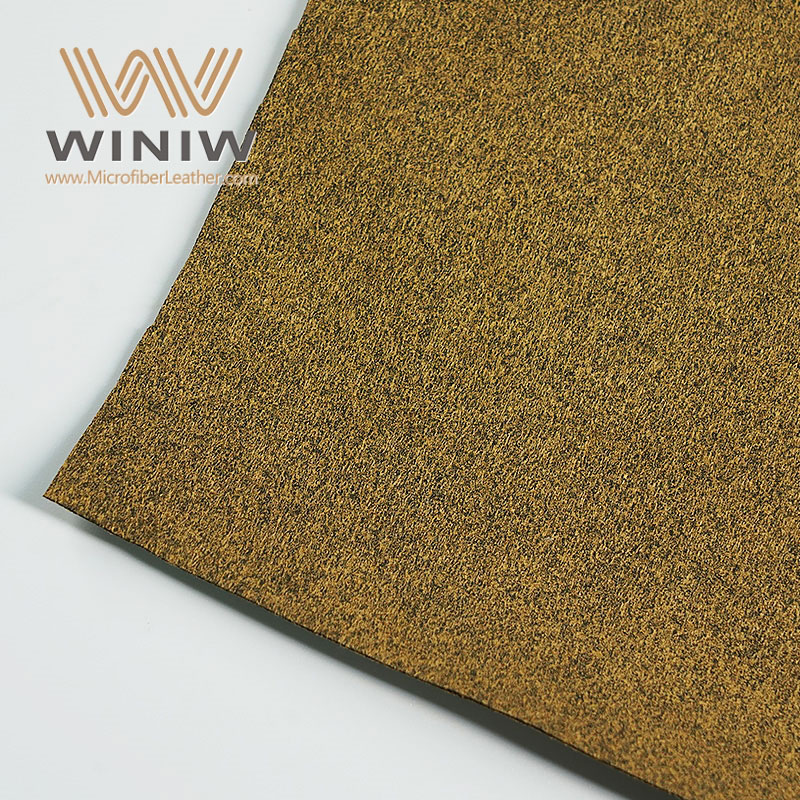
Some activities require gloves with unique properties. Specialty gloves use glove leather to meet the demands of tasks that go beyond everyday work or sports. These gloves often rely on rare or high-quality leathers to deliver exceptional comfort, durability, or sensitivity.
The table below highlights several types of glove leather and their specialty uses.
|
Glove Leather Type |
Unique Properties |
Specialty Use Cases |
|---|---|---|
|
Goatskin |
Exceptional durability, comfort, soft, flexible, high abrasion resistance, good water resistance |
Batting gloves, sports requiring tactile sensitivity |
|
Deerskin |
Soft, durable, comfortable |
General sports gloves, provides a balance of softness and rugged durability |
|
Sheepskin |
Softer than peccary, less durable |
Sports gloves where comfort is prioritized |
|
Peccary |
Exceptionally soft, molds to hand, breathable, develops patina |
High-end sports gloves for maximum comfort and personalized fit |
Goatskin gloves serve athletes who need both toughness and a sensitive touch. Batting gloves made from goatskin allow players to grip equipment securely while feeling every movement. Deerskin gloves offer a blend of softness and strength, making them suitable for general sports and outdoor activities. Sheepskin gloves focus on comfort, which benefits users who value a gentle feel over maximum durability. Peccary leather, known for its softness and ability to mold to the hand, appears in luxury sports gloves. These gloves provide a personalized fit and a unique patina over time.
Specialty gloves also appear in activities like motorcycling, horseback riding, and even certain medical fields. The choice of glove leather depends on the balance between protection, comfort, and the need for precise hand movements.
When selecting specialty gloves, users should consider the unique qualities of each leather type. The right glove can enhance performance and provide lasting comfort in demanding situations.

Selecting the right glove leather depends on several important factors. Intended use stands as the first consideration. Some people need gloves for heavy-duty work, while others seek comfort for daily wear or style for special occasions. Fit also matters. Well-fitted gloves improve dexterity and reduce hand fatigue. Climate plays a role, too. In cold environments, insulated leather provides warmth. For wet or humid conditions, moisture-resistant leather helps keep hands dry.
Users should also think about maintenance. Some leathers require more care than others. Budget influences the decision as well. Premium leathers like deerskin or buffalo cost more but offer superior comfort and durability. People who value sustainability may prefer leathers sourced from responsible suppliers.
Tip: Always try on gloves before buying to ensure a snug, comfortable fit.
Different glove leather types offer unique performance characteristics. The table below compares popular options side by side:
|
Leather Type |
Durability |
Breathability |
Flexibility |
Moisture Resistance |
|---|---|---|---|---|
|
Pigskin |
High |
Excellent |
Moderate |
Good |
|
Goatskin |
Very High |
Moderate |
High |
Good |
|
Cowhide |
High |
Low |
Moderate |
Moderate |
|
Buffalo |
High |
High |
High |
Excellent |
|
Deerskin |
High |
Moderate |
Very High |
Good |
Goatskin stands out for its flexibility and durability, making it a top choice for gloves that require frequent movement. Pigskin offers excellent breathability, which suits people working in hot conditions. Buffalo leather combines high flexibility with outstanding moisture resistance. Deerskin provides unmatched softness and molds to the hand over time. Cowhide remains a reliable option for general use, balancing strength and cost.
Proper care extends the life of glove leather products. Regular cleaning and conditioning help gloves last up to 50% longer than neglected ones. Storing gloves in a cool, dry place prevents damage and maintains their shape. Premium goatskin gloves can last seven to eight years with good care, compared to four to five years if stored poorly. Avoid exposing gloves to direct heat, as this can reduce flexibility by 30% within two years.
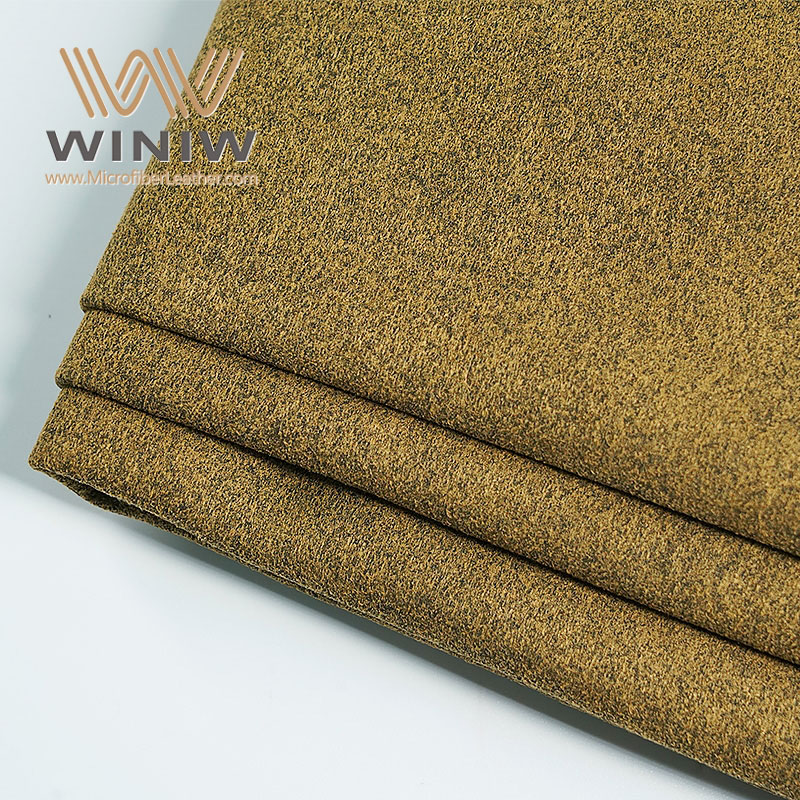
The table below summarizes recommended care practices and their impact:
|
Care Practice |
Impact on Lifespan |
|---|---|
|
Regular cleaning and conditioning |
Gloves last up to 50% longer than neglected ones. |
|
Proper storage |
Premium goatskin gloves last 7–8 years vs. 4–5 years when poorly maintained. |
|
Avoiding direct heat exposure |
Gloves lose 30% of flexibility within two years. |
|
Following structured care routines |
78% satisfaction rate with glove performance. |
Note: Following a structured care routine leads to higher satisfaction with glove performance and comfort.
Choosing between glove leather and synthetic materials depends on the needs of the user. Leather gloves provide a superior feel and grip. Many athletes and workers prefer them for tasks that require sensitivity and control. Over time, leather molds to the hand, creating a custom fit. However, these gloves often cost more and need regular care. They may not last as long in humid conditions and can wear out faster than synthetic options.
Synthetic gloves offer greater durability and lower costs. They require less maintenance and perform well in wet or humid environments. Many users find synthetic gloves more flexible and easier to clean. However, they lack the natural feel and feedback that leather provides. The grip on synthetic gloves can wear down over time, and the material may feel stiffer.
|
Feature |
Leather Gloves |
Synthetic Gloves |
|---|---|---|
|
Pros |
Superior feel and grip |
Durability, lower cost, low maintenance |
|
Cons |
Shorter lifespan, higher cost, needs care |
Less feedback, stiffer feel |
Tip: Users who value comfort and sensitivity often choose leather, while those who need durability and easy care may prefer synthetics.
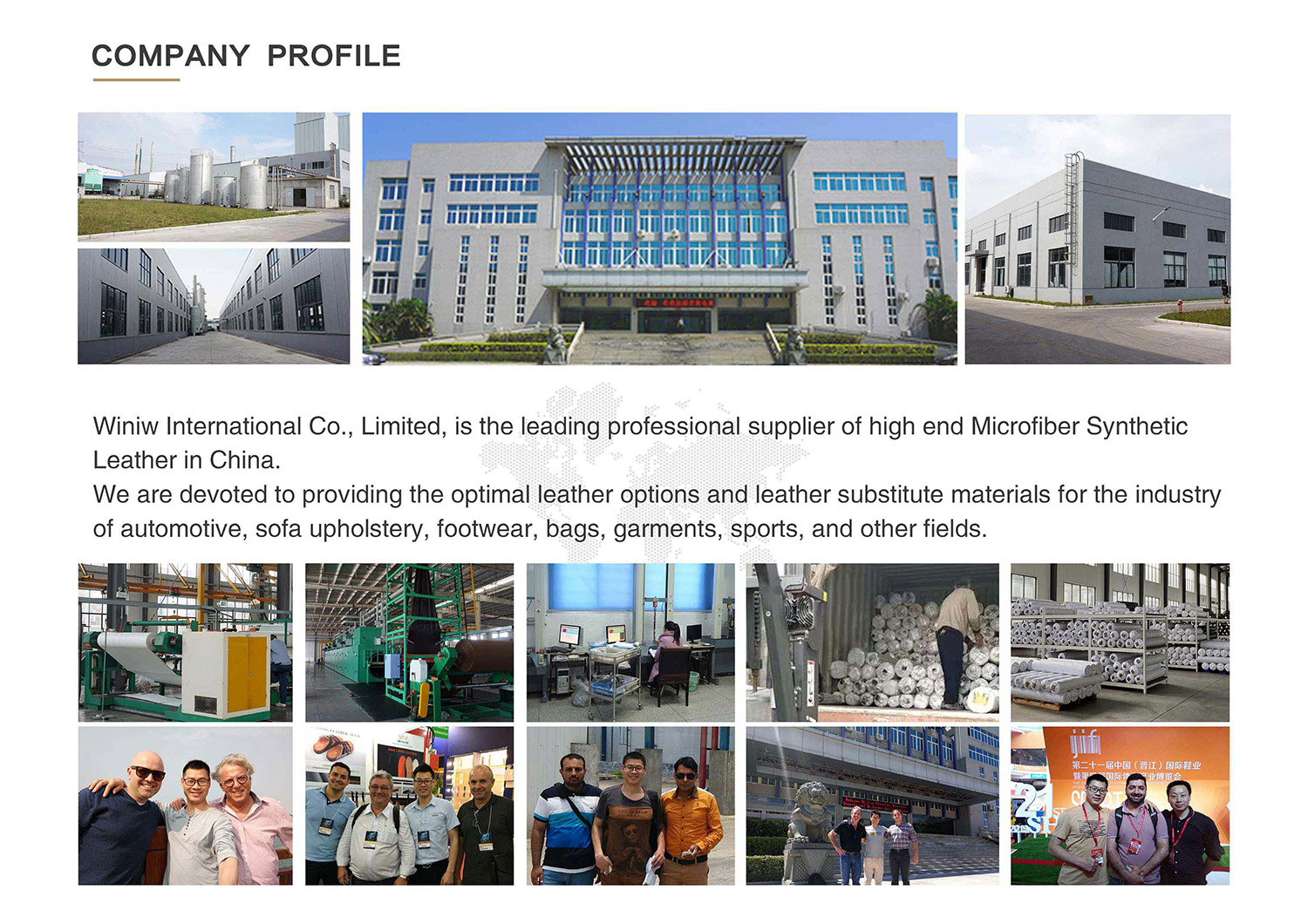
Synthetic gloves work best in situations that demand specific features or cost savings. Many industries, such as medical, chemical, and food service, rely on synthetic gloves for their chemical resistance and waterproof qualities. These gloves protect hands from oils, solvents, and other hazardous materials. Workers in these fields need gloves that meet strict safety standards and can be replaced often without high expense.
Synthetic gloves are more cost-effective for large-scale use.
They provide versatility for tasks that require chemical resistance.
Medical and food service workers often use nitrile or latex-coated synthetic gloves for hygiene and protection.
Synthetic gloves also suit environments where frequent glove changes are necessary. Their durability and low price make them a practical choice for many businesses.
The environmental impact of glove materials has become a growing concern. Synthetic leather is made from plastics like polyurethane (PU) and polyvinyl chloride (PVC). These materials do not break down naturally and contribute to pollution. The production process uses non-renewable resources and releases greenhouse gases. Over 85% of synthetic leather products add to microplastic pollution in oceans and soil. Factories that produce PU and PVC-based gloves can emit up to ten times more greenhouse gases than those making natural leather.
Genuine leather, while not without challenges, offers some environmental benefits. It is biodegradable and can last for many years with proper care. In some cases, leather production uses byproducts from the food industry, reducing waste. When managed sustainably, leather can be a more eco-friendly option compared to synthetic alternatives.
Note: Consumers who care about the environment should consider the full life cycle of their gloves, including production, use, and disposal.
The glove leather industry continues to adopt sustainable practices to reduce its environmental impact. Many manufacturers now focus on eco-friendly materials and responsible production methods. The table below highlights some of the most common sustainable practices in glove leather production:
|
Sustainable Practice |
Description |
Benefits |
|---|---|---|
|
Eco-Friendly Materials |
Use of recycled and organic materials in glove production. |
Reduces reliance on non-renewable resources and minimizes environmental impact. |
|
Biodegradable and Compostable Gloves |
Gloves made from materials that decompose naturally or in composting. |
Reduces landfill waste and supports environmentally friendly waste management practices. |
|
Durable and Reusable Gloves |
High-quality gloves designed for extended use and modular designs. |
Decreases frequency of disposal and promotes resource efficiency. |
|
Sustainable Manufacturing Practices |
Energy-efficient production and waste reduction strategies. |
Lowers carbon footprint and encourages responsible production and consumption. |
These efforts help companies create products that last longer and have a smaller environmental footprint. Many consumers now look for gloves that support sustainability, making these practices more important than ever.
Recent advances in glove leather processing have led to significant improvements in both performance and sustainability. Researchers have developed new tanning methods that use less chromium and water. These advanced processes reduce human toxicity, ecotoxicity, and resource use. However, some studies show that these methods may increase climate change impacts, so the industry continues to seek better solutions.
Manufacturers also introduce new materials and techniques to improve glove performance. Enhanced grip, flexibility, and durability now make gloves more effective for precision tasks in fields like automotive and manufacturing. Smart technologies, such as integrated sensors, are becoming more common. These smart gloves can monitor worker safety and boost productivity.
Smart glove technology represents a growing trend, offering real-time feedback and data collection for users in demanding environments.
Style trends in glove leather reflect both tradition and innovation. Designers experiment with colors, textures, and finishes to create unique looks. Many fashion brands now offer gloves in bold colors and modern patterns, appealing to younger consumers. Touchscreen compatibility has become a standard feature, allowing users to operate devices without removing their gloves.
Luxury brands continue to focus on craftsmanship and exclusive materials. Custom embroidery and personalized designs attract buyers who want something special. At the same time, sustainable and ethical sourcing remains a priority for many shoppers. Consumers often choose gloves that combine style, comfort, and responsible production.
The latest trends show that glove leather products can be both fashionable and functional, meeting the needs of a wide range of users.
Glove leather stands out for its comfort, durability, and flexibility. People use gloves made from different leathers for work, sports, and fashion. Each type of glove offers unique benefits. Users should match gloves to their needs, considering fit, care, and purpose. Both classic and modern gloves provide protection and style. Quality and regular care help gloves last longer and perform better.
Remember: Well-chosen gloves make daily tasks safer and more comfortable.
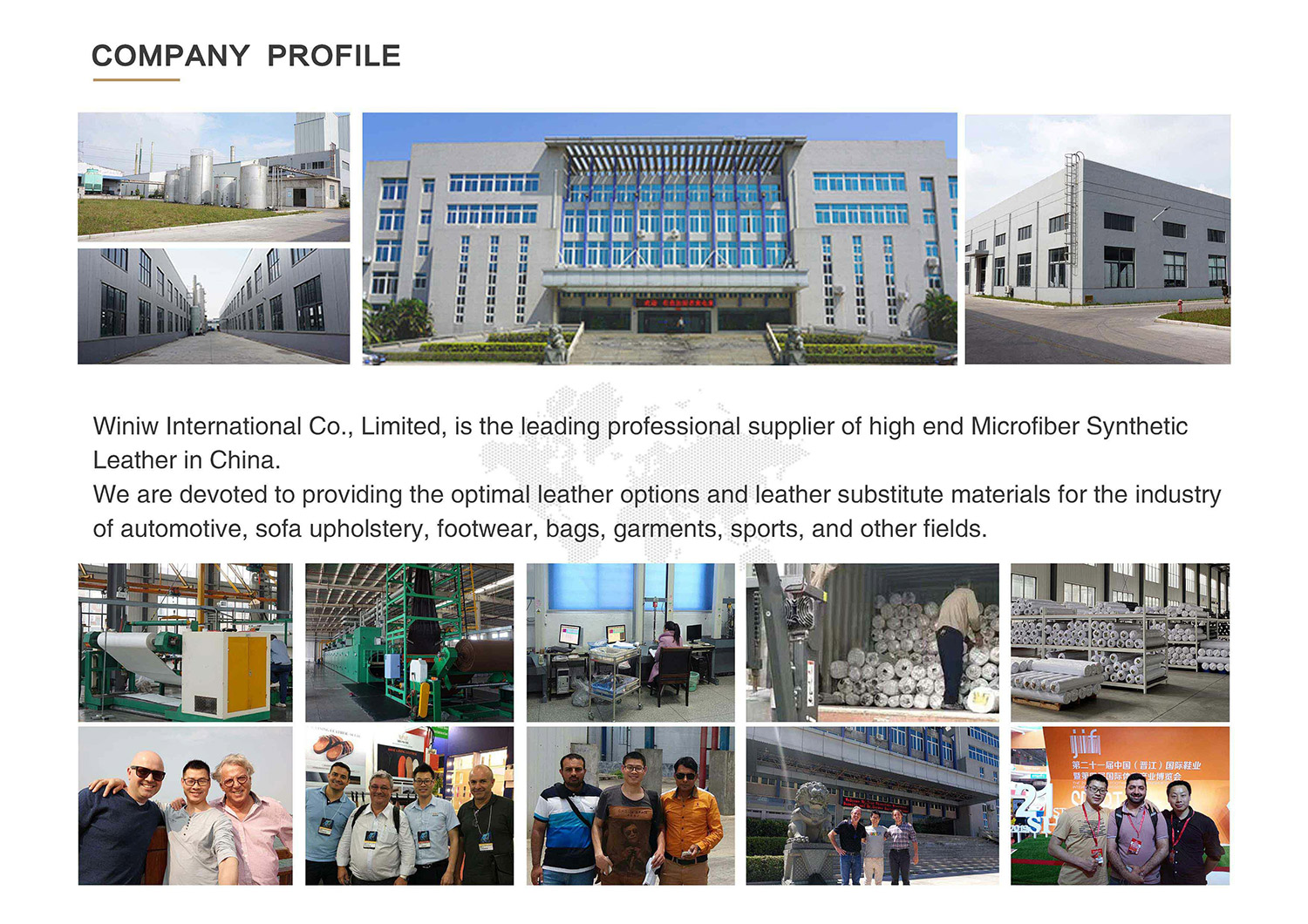
Glove leather uses hides selected for softness, flexibility, and strength. Tanners treat it to enhance comfort and dexterity. Regular leather often feels stiffer and suits shoes or jackets, not gloves.
Real leather shows natural grain and slight imperfections. The material feels warm and flexible. Synthetic leather often looks uniform and feels colder. Labels or product descriptions usually state the material.
Deerskin and sheepskin provide excellent insulation. Many winter gloves use these leathers with added linings. These materials keep hands warm and remain soft even in low temperatures.
Most glove leathers resist some moisture, especially goatskin and pigskin. However, soaking can damage the leather. Users should dry gloves slowly at room temperature and condition them after exposure to water.
Use a damp cloth to wipe away dirt. For deeper cleaning, apply a small amount of leather cleaner. Avoid soaking the gloves. Let them air dry and use conditioner to keep the leather supple.
Many people with sensitive skin wear leather gloves comfortably. Natural leathers like deerskin and sheepskin feel soft and gentle. Some individuals may react to certain dyes or chemicals, so checking product details helps.
With proper care, glove leather gloves last several years. Goatskin and cowhide gloves often last three to five years. Premium leathers like deerskin can last even longer when cleaned and conditioned regularly.
Yes, glove leather stretches slightly with use. The material molds to the shape of the hand, creating a custom fit. Overstretching can reduce durability, so choosing the right size matters.

Scan to wechat:
